
“A Mini Hubble in My Backyard”: The Astrophotography Journey of David Cruz
By day, David Cruz works as a digital designer. By night, he designs something far greater — images of the universe itself. “Since I was young, I was always interested

“Astrophotography is a connection with nature, a look into space, into things we can’t see with the naked eye. It’s nice to sit in the evening under the sky next to a telescope and chat with friends.”
——Bogdan
When Bogdan Vuk retired a few years ago, he refused to spend his evenings in front of the TV, but rather under the sky. With no prior experience in photography, he began simply—with a camera, the Milky Way, and star trails. But curiosity soon led him deeper into the cosmos.
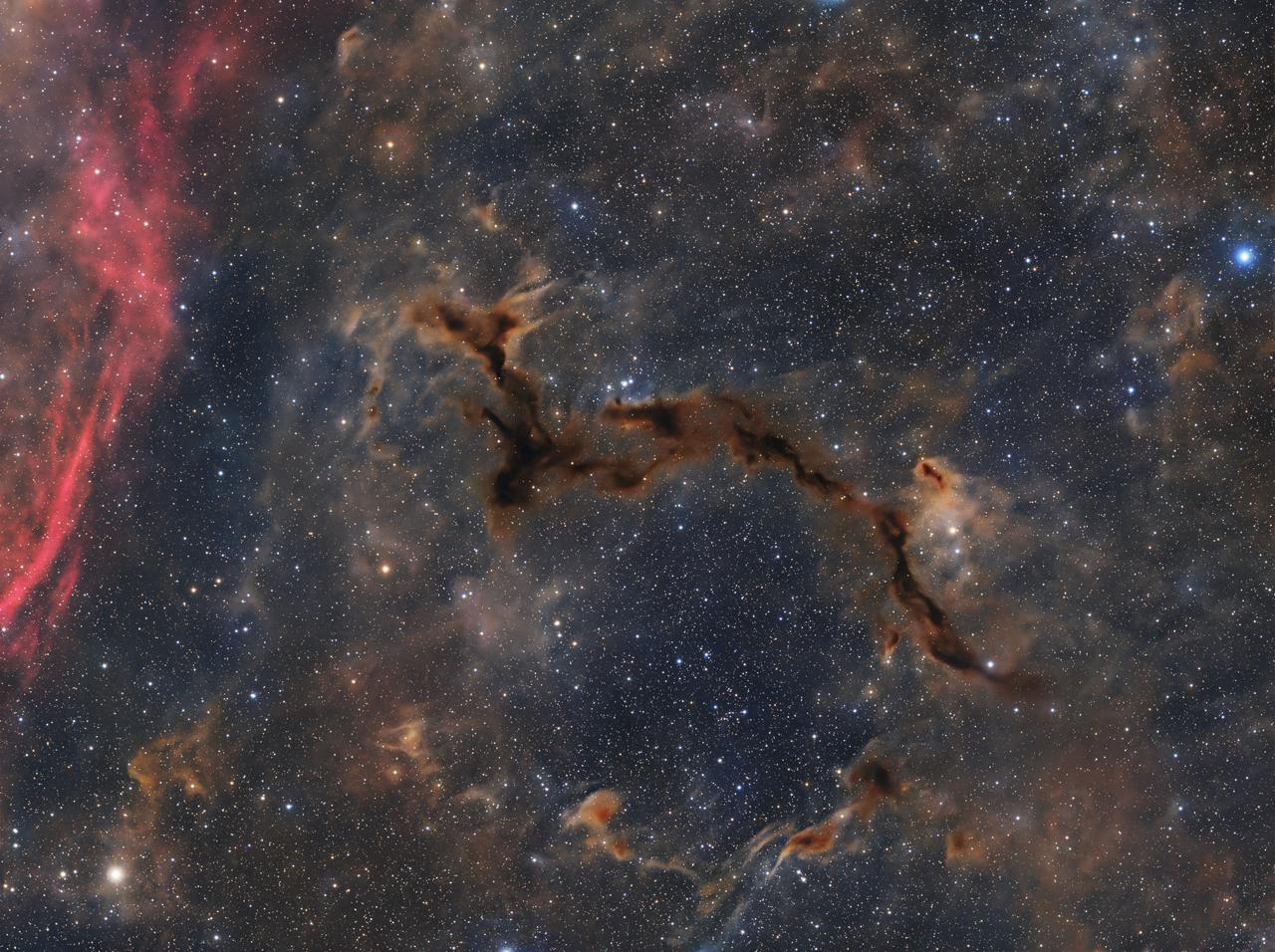
That curiosity has been with him since childhood. “Since elementary school, I have been fascinated by technology—especially electronics, mathematics, and physics—which is why I chose to study mathematics,” Bogdan recalls. “At the Faculty of Mathematics, I encountered programming, which later became my career in automating industrial processes and regulating hydroelectric power plants.” For him, astrophotography became a natural extension of those lifelong interests—a perfect blend of science, technology, and wonder.
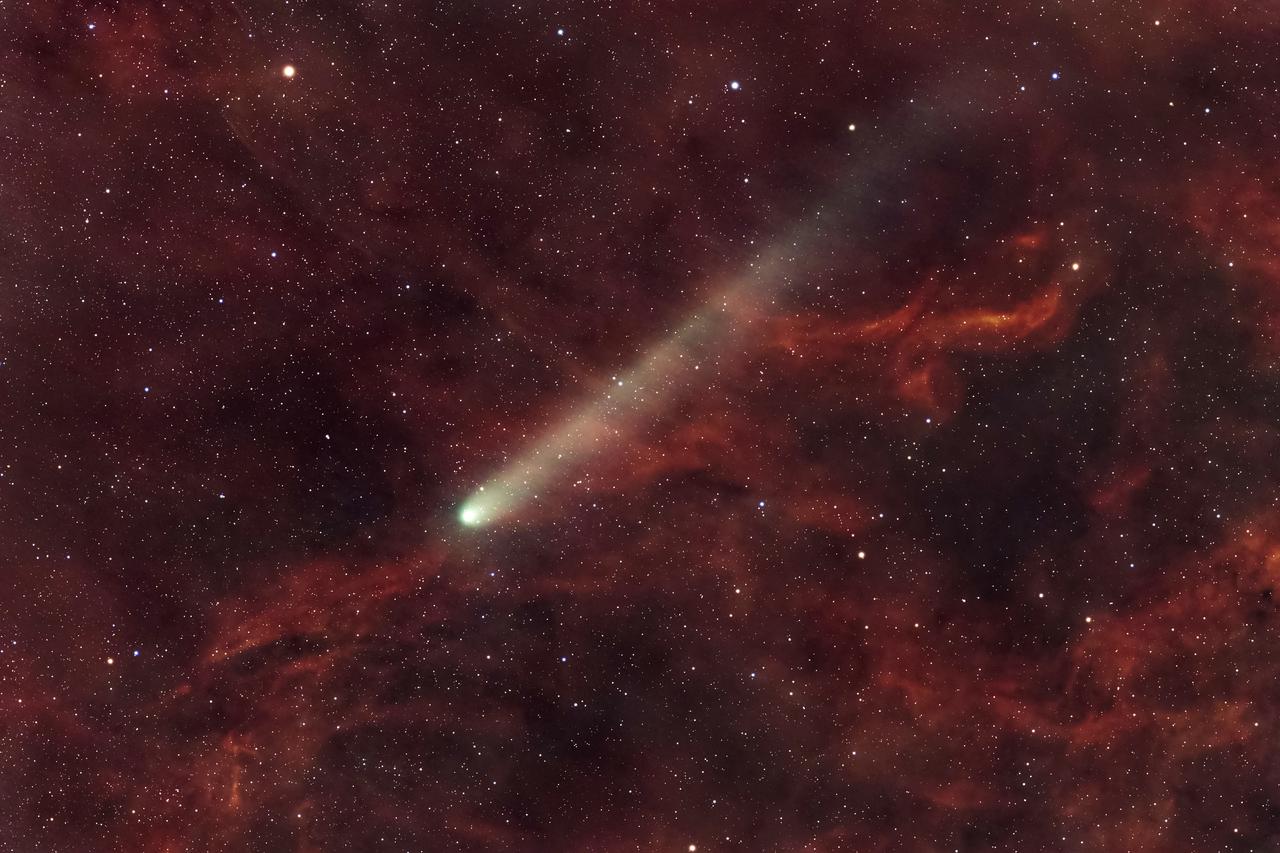
From his first Star Adventurer and EQ5 mount to today’s EQ6-R Pro with an ASKAR FRA600 and ZWO ASI1600MM camera, Bogdan has steadily built a powerful imaging setup. Picture below has the same equipment, only the telescope is a TS Ritchey–Chrétien 8″/200mm.
For Bogdan, each image is the product of patience—sometimes weeks of shooting. His photo of the SH2-224 Rice Hat Nebula took 12 nights and 52 hours to complete. Yet, the joy of revealing those hidden details keeps him going. “Failures are just challenges for the future,” he explains. “Success with a new photo makes all the effort worthwhile.”
Lately, Bogdan has turned his attention to the mysterious beauty of dark nebulae. “Because they seem so mysterious, but they require more time to capture data, as well as to process.”


Advice for Beginners: Astrophotography is a rewarding but demanding hobby. It draws on knowledge from many fields—mechanics, optics, electronics, computer science, and image processing. Patience and time are key; nothing happens overnight. Long nights, sometimes sleepless, can be tiring, but the joy of looking at the sky and capturing a fleeting moment makes it all worthwhile.
“Of course I heard about ZWO on the internet. I like ASIAIR the most because it offers a complete solution for telescope control, I don’t want to carry the whole computer into the field. ” His setup includes ZWO ASIAIR Plus, ASI1600MM, ASI294MC Pro, ASI178MC Pro, and EAF, with the EAF being a game-changer for his workflow. “No more refocusing every few hours—it saves time and keeps me in the moment.”
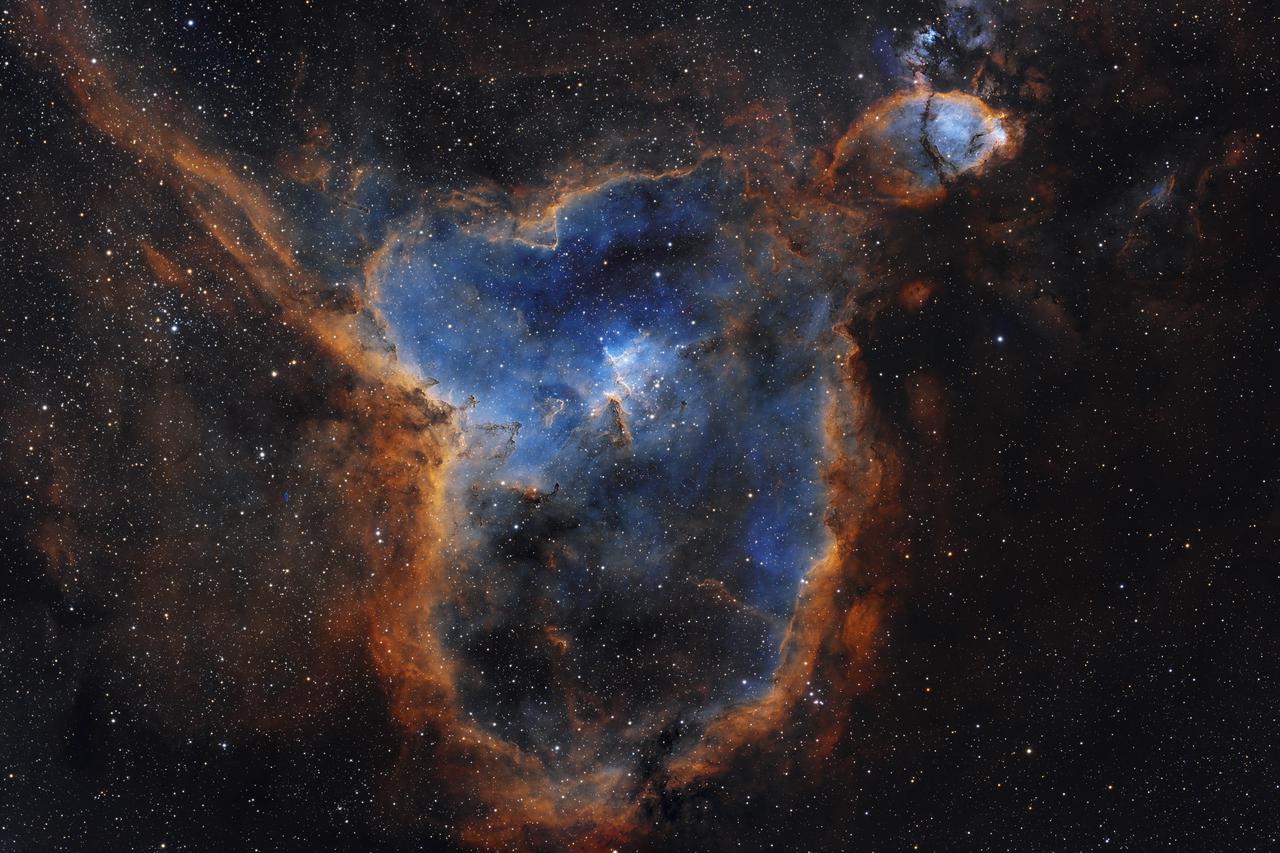
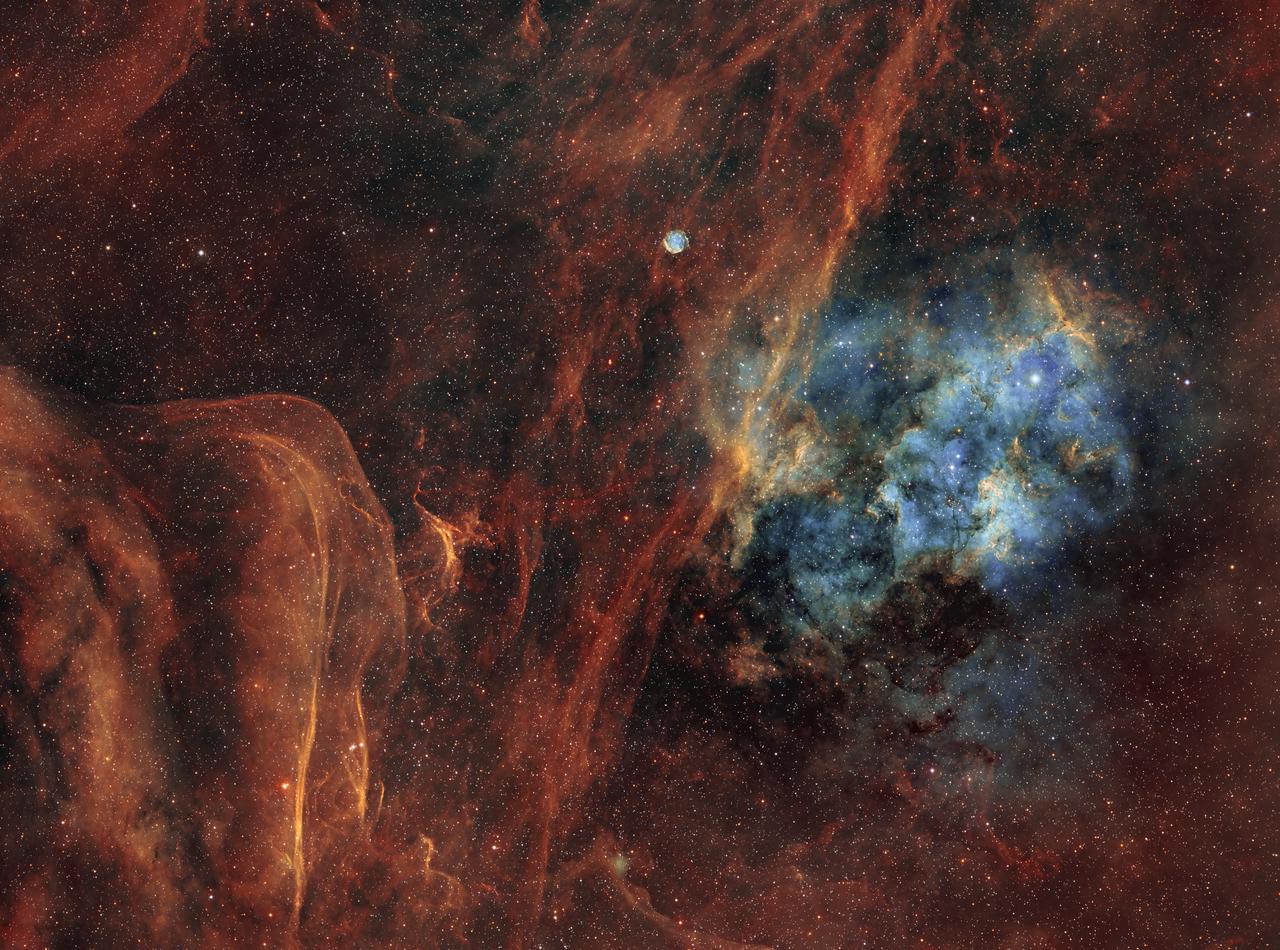
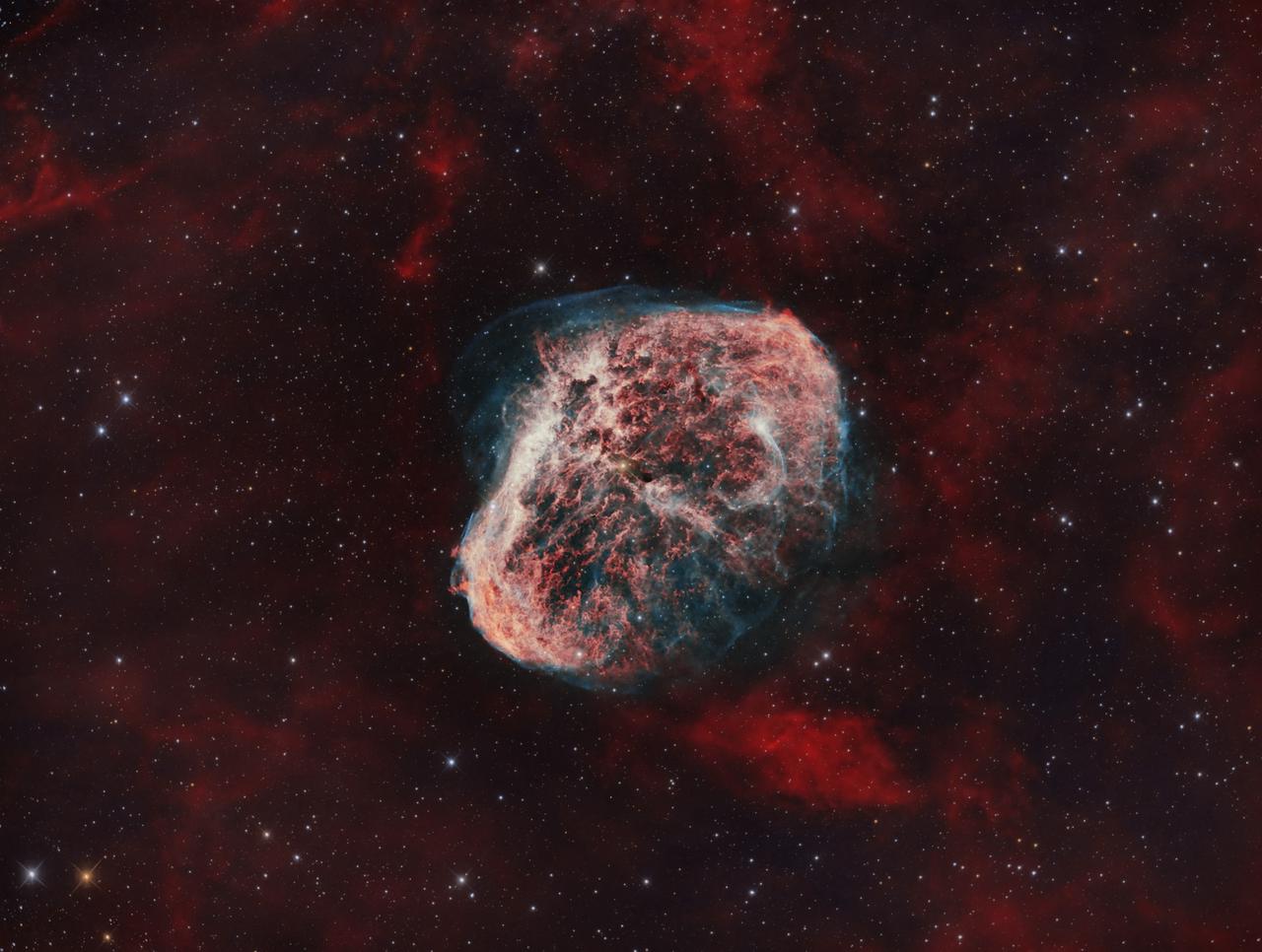
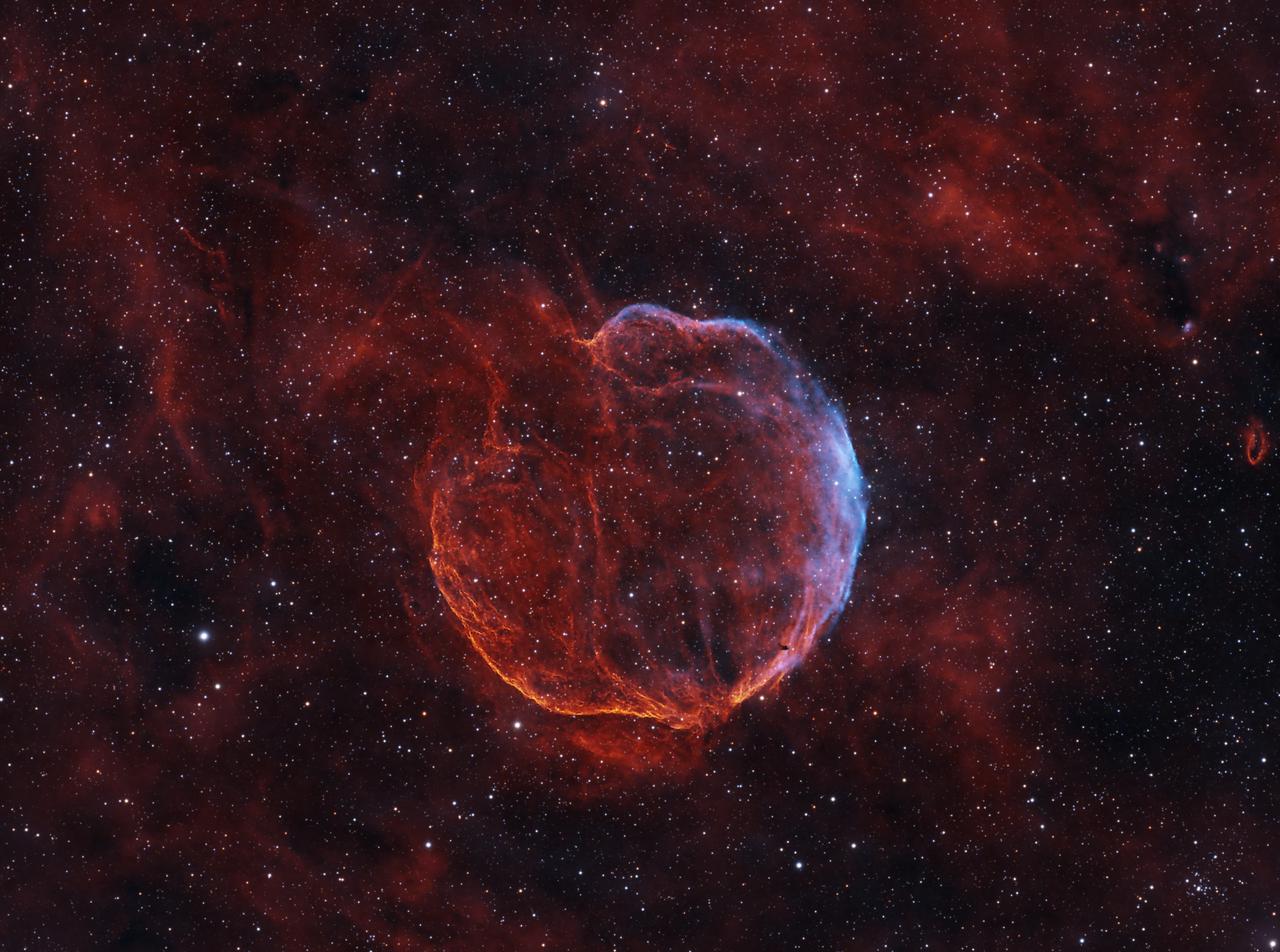

By day, David Cruz works as a digital designer. By night, he designs something far greater — images of the universe itself. “Since I was young, I was always interested
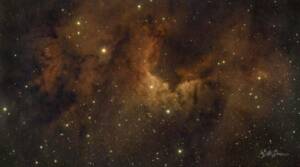
bbrown_admin, October 30, 2025 INITIAL IMPRESSIONS: The ZWO ASI585MC Air came well packaged from the manufacturer. The box is improved and has an impressive feel with a magnetic closure on
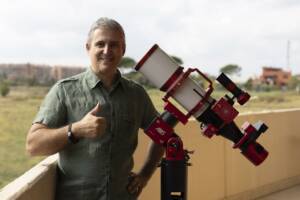
– Q3 ASIWEEK Winner Gianni Lacroce’s Astrophotography Journey Hi, I’m Gianni Lacroce, an Italian astrophotographer. My passion for the night sky began long before I owned a telescope or a
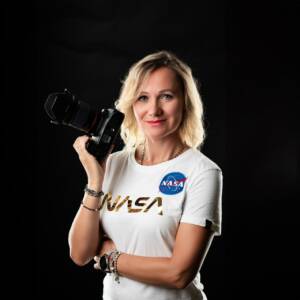
INTRODUCTION My name is Marzena Rogozińska. I live in Bytom (Poland) and work as a psychologist and pedagogue at two schools. I would like to thank you for honoring my

Two years after winning #44/2023, Robert Eder, a sound engineer from Vienna, Austria, has once again claimed victory with #27/2025 ASIWEEK, returning to share his astrophotography journey. Combining technical skill